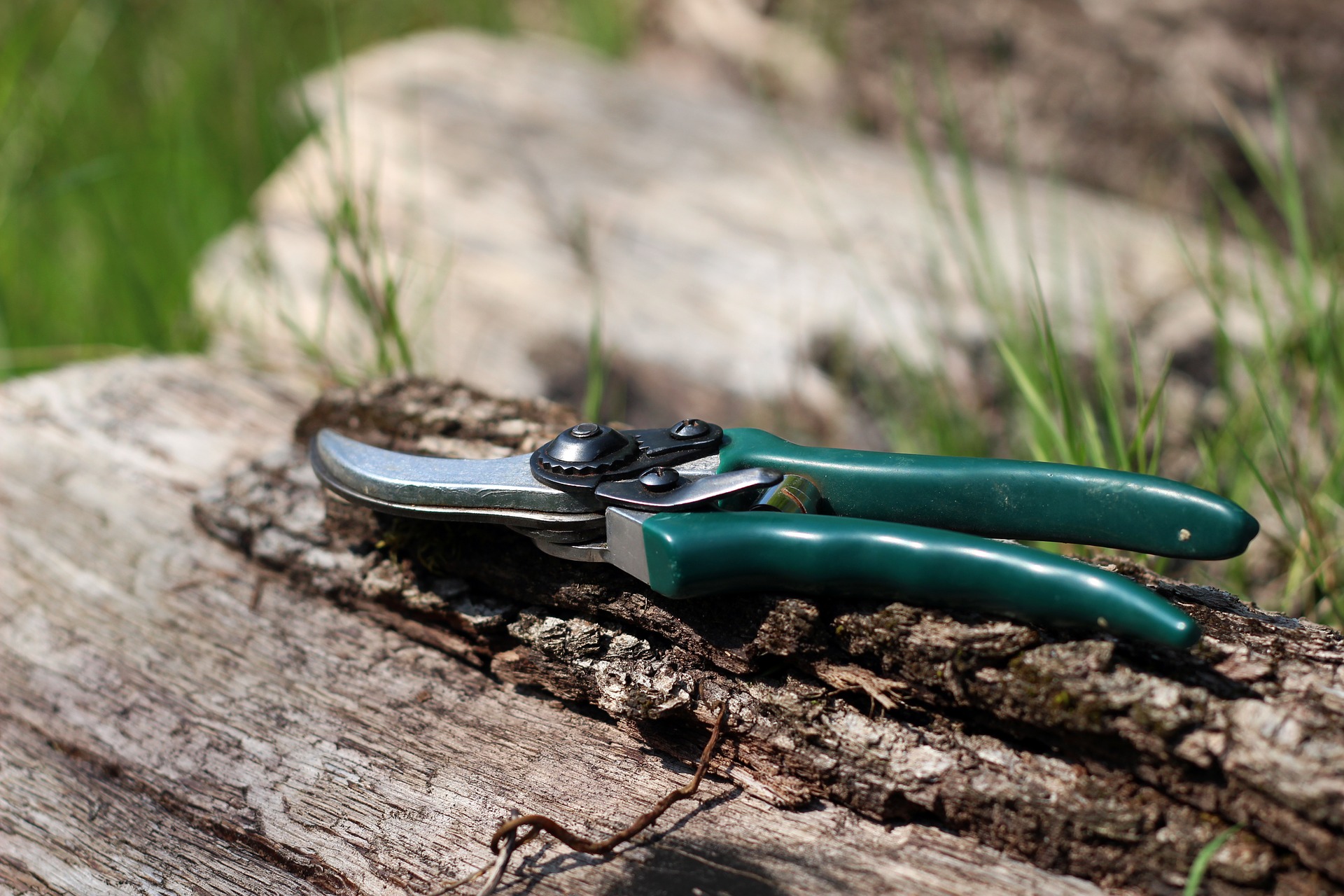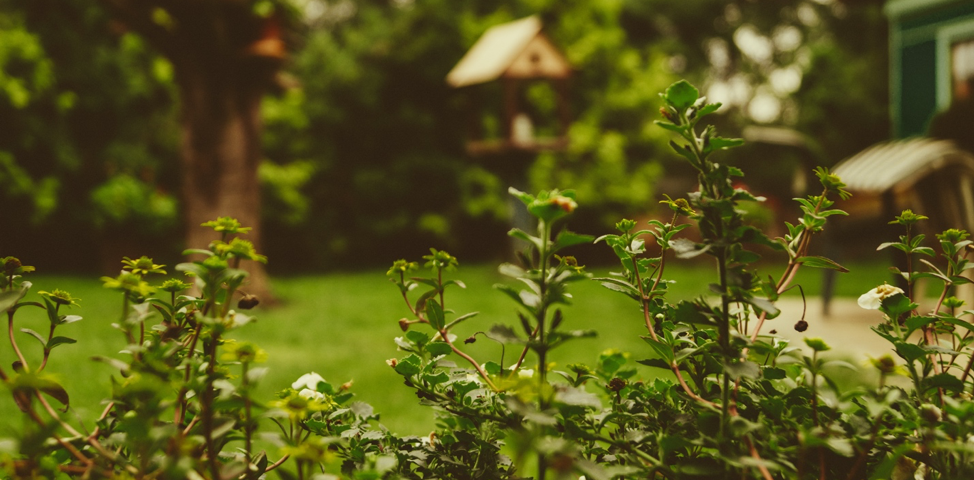
4 Tips for Keeping Your Garden Healthy
January 3, 2021
Which Landscaping Product is Better for Planting Beds: Rock vs Organic Mulch
January 3, 2021What separates the truly great landscapers from being average is their ability to shrug off challenges and adapt to new circumstances. Maintaining an outdoor space will always require a commitment to detail and hard work, especially since there are so many different factors that impact your overall success. While it’s easy to get overwhelmed if you are handling your own landscaping, the sooner you can accept that challenges are inevitable, the sooner you can move forward with your goals. A lot of your overall landscaping success will depend on your mentality and how you react to certain issues that come along.
We want to help you develop the right mindset that allows you to handle all of the typical challenges of landscaping, which is why we’ve put together the following post. Keep reading below to learn how to overcome some of the typical challenges of landscaping. Also, remember that you can always reach out to Cal Blend Soils if you are interested in purchasing landscaping products that will make your job easier. We offer discounts on bulk purchases and can deliver our products to the location of your choice for added convenience. Connect with one of the team members at Cal Blend Soils today to learn more.
Growing Plants in Shaded Areas
As you start working on developing your landscaping, you start to understand that its important to make the most out of the space you have to work with. Every property is different and has different qualities that you will need to adjust to. For example, certain areas of your landscaping will be more shaded than others. We know that plants need a certain amount of sunlight to stay healthy, which means it can be difficult to get the results you are looking for when growing plants in shaded areas. However, with the right approach, you can indeed grow plants in shaded areas.
One of the best ways to successfully grow plants in the shade is to find plants that are shade-resistant. That’s right, certain plants are known to thrive in the shade and don’t require as much sunlight to flourish. Succulents are a good option in some cases, as are shade-loving ground covers like ivy. You also might want to consider artificial turf or options like a stone patio that don’t require live plants to look great. Most landscapers will have areas of their property that are heavily shaded, but that doesn’t mean you can’t do something with that part of your property.
Adding Privacy
There’s something to be said about creating privacy on your landscaping, especially if you plan to spend a lot of time outside with your friends and family. However, one of the typical landscaping challenges that many homeowners face is finding a way to add privacy to their property. If you want to create some additional privacy on your landscape, there are several smart approaches. It all depends on your personal budget and what you want to accomplish from a landscape design perspective.
First, you can invest in a privacy fence that surrounds your yard and blocks neighboring views of your landscape. This will instantly increase your property value and add a unique design element to your landscape but can be an expensive option. Additionally, you can plant trees and shrubs that provide a natural form of privacy. Just keep in mind that you will need to grow and maintain additional plants on your property if you want to go with this option. Finally, you can purchase things like patio curtains if you aren’t working on a tight budget. Keep all of these options in mind if you are looking to add privacy to your property.
Preventing Erosion
If your landscaping is set on a sharp slope or hill, the chances are good that you will need to deal with erosion at some point. This is a very common challenge that many landscapers face, as it’s important to keep the soil in place on your property. Erosion can occur when natural elements like wind and water move the soil on your landscape. After heavy rainfall, the nutrient-rich soil on your property can literally wash away leaving your plants without the minerals they need to grow. Soil erosion can also cause problems like foundation damage if you aren’t careful.
To prevent erosion, you can take several smart approaches. Stabilizing the sloped areas with plants is a good way to go, as it will provide a natural solution to this common landscaping problem. Once the root systems of these plants have developed, they will slow down running water and reduce the risk of erosion. You also can invest in a retaining wall that will keep the soil in place on your property, although that’s a more expensive solution. Finally, using landscaping products like mulch is a great way to prevent erosion and keep your property looking great.
Avoiding Standing Water
When it rains and you notice huge pools of water accumulating in your yard, it’s important to take action quickly. Standing water can cause serious damage to your lawn and leave you scrambling to deal with even bigger problems like plant diseases if you aren’t careful. It’s a common landscaping challenge that is caused by low spots or excess-run off after it rains. The bottom line is that standing water is a drainage issue, which means you will need to take a look at how water is flowing on your property to address it.
One of the best solutions for standing water is to invest in a French drain that will help water flow away from your landscaping. You also might want to consider the composition of the soil on your property, as it might not be conducive to efficient drainage.
Final Thoughts
There are certain challenges that every landscaper will face at one time or another. It’s up to you to stay flexible and focused on making the most out of your outdoor area. Keep the tips mentioned above in mind as you move forward with your landscaping journey.


